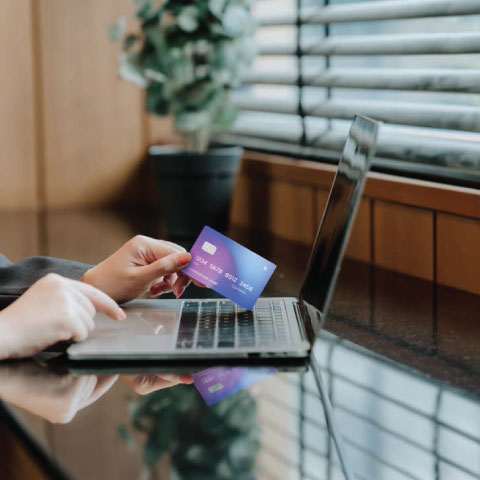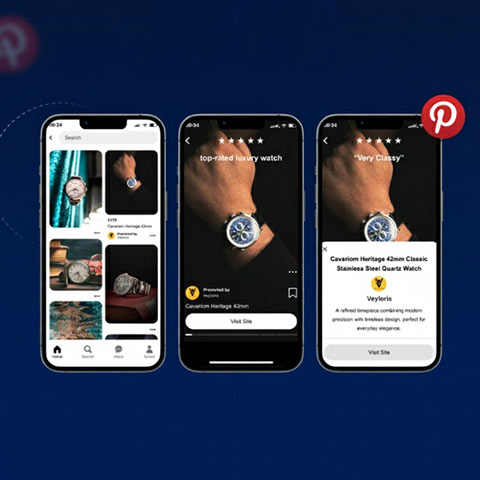Luxury Brands: 5 Reasons LinkedIn is Key to Digital Growth


While some luxury brands have been slow to embrace digital as the new normal, quite a few prominent trend setters are well ahead of the adoption curve. LinkedIn in particular has grabbed the attention of luxury buyers as brands step up media spend to diversify both digital distribution channels and touchpoints. This pervasive trend highlights the broader business challenge that brands face when managing growth. To kick off our luxury brand focus theme, let’s start with a quick review of the five reasons why the winners in this category in particular are using the largest business networking platform on the planet to connect with consumers in a whole new way.
1. The Future of Work is About Digital Transformation
Adoption of remote and hybrid work environments have acted as an accelerator of rather than a trigger for digital adoption. In 2018 research firm McKinsey & Company forecasted that digital touchpoints would account for nearly a fifth of total retail sales of luxury goods. Brands are therefore looking beyond brick and mortar touchpoints to apps, augmented reality, and recently even NFTs as touchpoints, commerce, and distribution channels transform how business is done. Data released by the US Department of Commerce shows eCommerce grew 45% faster than total retail in the first half of 2020. The takeaway is clear. Businesses who make digital transformation a strategic priority will grow faster over time, relegating the laggards to obsolescence. More than any other social media network, LinkedIn is perceived as a hub that aggregates the conversation around the future of work.
2. Rise of Live Streaming Platforms as Primary Channel for Events
According to a Socialbakers report released in January of 2021, media spend associated with live streaming rose 50% in Q4 2020 overtaking every other paid channel. Louis Vuitton pounced on the opportunity by choosing LinkedIn as the luxury fashion brand’s go-to virtual event platform for live shows.
3. Brands Seek New Digital Distribution Channels to Compete
Louis Vuitton represents a case in point of a larger trend. Similarweb data indicates Q1 traffic from LinkedIn has overtaken Facebook across four of the top 10 luxury brands including Louis Vuitton, Dior, and Hermes – second only to Youtube. For Fendi, LinkedIn is listed as the top traffic source across social channels. As luxury brands shrink their traditional POS retail footprint, digital spend is moving away from Facebook and Instagram as the primary focus for media spend.
4. Increased Trust in LinkedIn from Affluent Customers
LinkedIn offers new opportunities to luxury brands when it comes to audience targeting, co-branded events, and perceived trust in the platform. Linkedin data shows that members are more than three times more likely to trust the content they consume on the platform when compared with social networks. The business networking focus on work also helps to explain why 71% of members say time spent on LinkedIn helps them pursue lifelong goals as opposed to simply being entertained. It’s that unique blend of informative and entertaining content that attracts the luxury consumers of today and the future. Research shows millennials and Gen Z will account for 55% of the global luxury market by 2025. In the context of the future of work, that means both targeting and messaging needs to connect with the emerging agenda focusing on diversity and sustainability.
5. Shift to Centralised Control Over Media Spend
As relative share of e-Commerce grows, brands need centralized control over digital touchpoints with granular visibility across geographic regions, digital channels, and agency partners. In a traditional media management framework, brand identity is carefully crafted by leadership, and supported by a limited number of creative stakeholders. Once the brand guidelines are in place (typically in traditional book format), multiple departments distribute the message and customize create to target multiple audience segments. In this traditional brand media model, market feedback is collected over months. As brands gain centralized control across brand and media spend, new opportunities emerge. One influencer could trigger a trend that can impact sales in minutes. However, the digital media buyers in the trenches lack centralized visibility. When visibility is available, it is painstaking slow and falls short when the imperative is time to insights. LinkedIn is a classic opportunity that requires agile and centralized control over both brand and media spend.
To learn more about the new digital trends luxury brands are adopting, be sure to check out Paragone's live talk with Tatiana Dupond, LInkedIn’s Head of Luxury.
Want more like this?
Want more like this?
Insight delivered to your inbox
Keep up to date with our free email. Hand picked whitepapers and posts from our blog, as well as exclusive videos and webinar invitations keep our Users one step ahead.
By clicking 'SIGN UP', you agree to our Terms of Use and Privacy Policy


By clicking 'SIGN UP', you agree to our Terms of Use and Privacy Policy
Other content you may be interested in
Categories
Categories
Categories
Categories
Categories

Want more like this?


Want more like this?
Insight delivered to your inbox
Keep up to date with our free email. Hand picked whitepapers and posts from our blog, as well as exclusive videos and webinar invitations keep our Users one step ahead.
By clicking 'SIGN UP', you agree to our Terms of Use and Privacy Policy







![[Quick-Start Guide] Facebook Catalogue Shopping Product Feed Ads [Quick-Start Guide] Facebook Catalogue Shopping Product Feed Ads](https://images.bizibl.com/sites/default/files/shoppingiq-facebook-ads.png)

